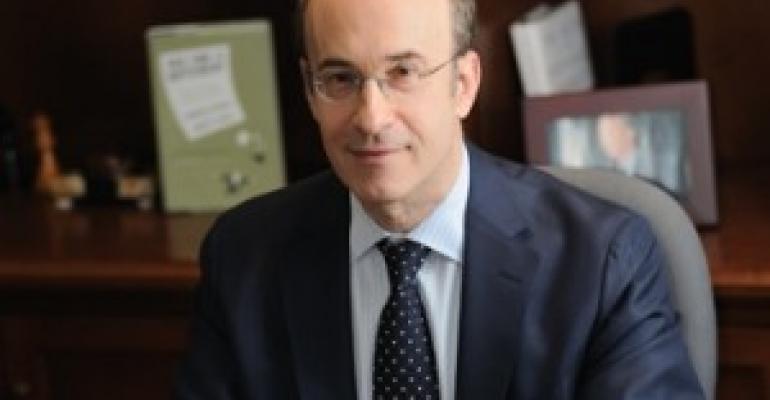
You can’t turn on Fox News or MSNBC without hearing that the current economic recovery, if you can even call it that, is anemic, weak or unacceptable. But, “This business cycle is not as anemic as people portray it,” said James Swanson, chief investment strategist and portfolio manager at MFS Investment Management. The firm held an economic outlook event Tuesday afternoon. This cycle is different, Swanson said, in that growth corporations and consumers are seeing is not being pushed ahead by increased borrowing.
It has some very strong legs to it. Again we know that interest rates will be on hold for two years. The shape of the curve is still positive. That’s one of the best indicators of future growth. And we have population growth here, productivity, and we have consumer spending and consumer ability to service debt.
Swanson said the cycle will continue because the average business cycle lasts five years, which would put us near the halfway point.
But it wouldn’t be an economic outlook without some bad news: “We are Italy five years down the road,” Swanson said. Italy’s debt to GDP is currently at 120 percent. And while the U.S.’s debt to GDP is currently at about 92 percent, it’s expected to reach 100 percent by next year, what Ken Rogoff, professor of economics at Harvard University, calls ‘the threshold effect.’ When the ratio hits 100 percent, the business cycle does not end, and the trend growth rate of that country is diminished by a third, Swanson said. That would likely mean much more prolonged periods of the same standard of living. “I would say it’s a Rogoffian future.”
Despite the somewhat doomey long-term outlook, Swanson provided four areas of the market where he sees opportunities:
- High yield credit: “This market has just improved over the last week. At the end of the summer, early fall, this market had been pricing in a 25 percent cumulative default rate over the next three years.” Compared to the high yield market during the Lehman crash, there’s more cash on hand here; the door is open for new financing; balance sheets are better now. Over time, high yield credit sees the same returns as the S&P, with somewhat lower volatility.
- Quality U.S. Companies: “I think our companies here have demonstrated exemplary behavior.” Productivity is high, with foreign sales a big part of that. And quality seems to be coming back. “What is quality? Just simply, it’s consistent return on equity, good balance sheets, consistent earnings, good product.”
- A New Defensive: The old defensives aren’t holding up as typically thought. Staples are getting a lot of commodity volatility. Telecom is less defensive, as young people aren’t sticking with the land lines. Healthcare has under the gun of every fiscal tightening country, Swanson said. Technology is Swanson’s new defensive. Margins are three to four times what they were a decade ago; it’s now the biggest sector in market cap terms of the U.S. stock market; and it’s the second most leveraged to foreign sales of any sector in the S&P.
- Dividend Paying Stocks: “A producer at CNBC said, ‘This is so boring. Everyone says this.’ I don’t care whether everyone says it,” Swanson said. Forty percent of your return in equities is dividends, compounded. Free cash flow is at record highs, so the cash flow is there to support dividends.

